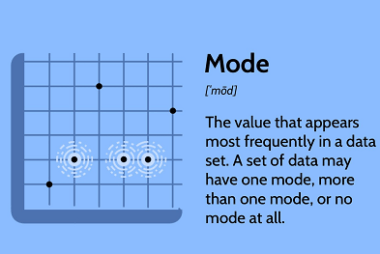Directrices and Eccentricity
Directrices and eccentricity are terms commonly used in geometry to describe the properties of a conic section, which is a curve obtained by the intersection of a plane with a cone. These terms are particularly useful in understanding the properties of ellipses and hyperbolas. The directrices of an ellipse are two lines that are equidistant…




